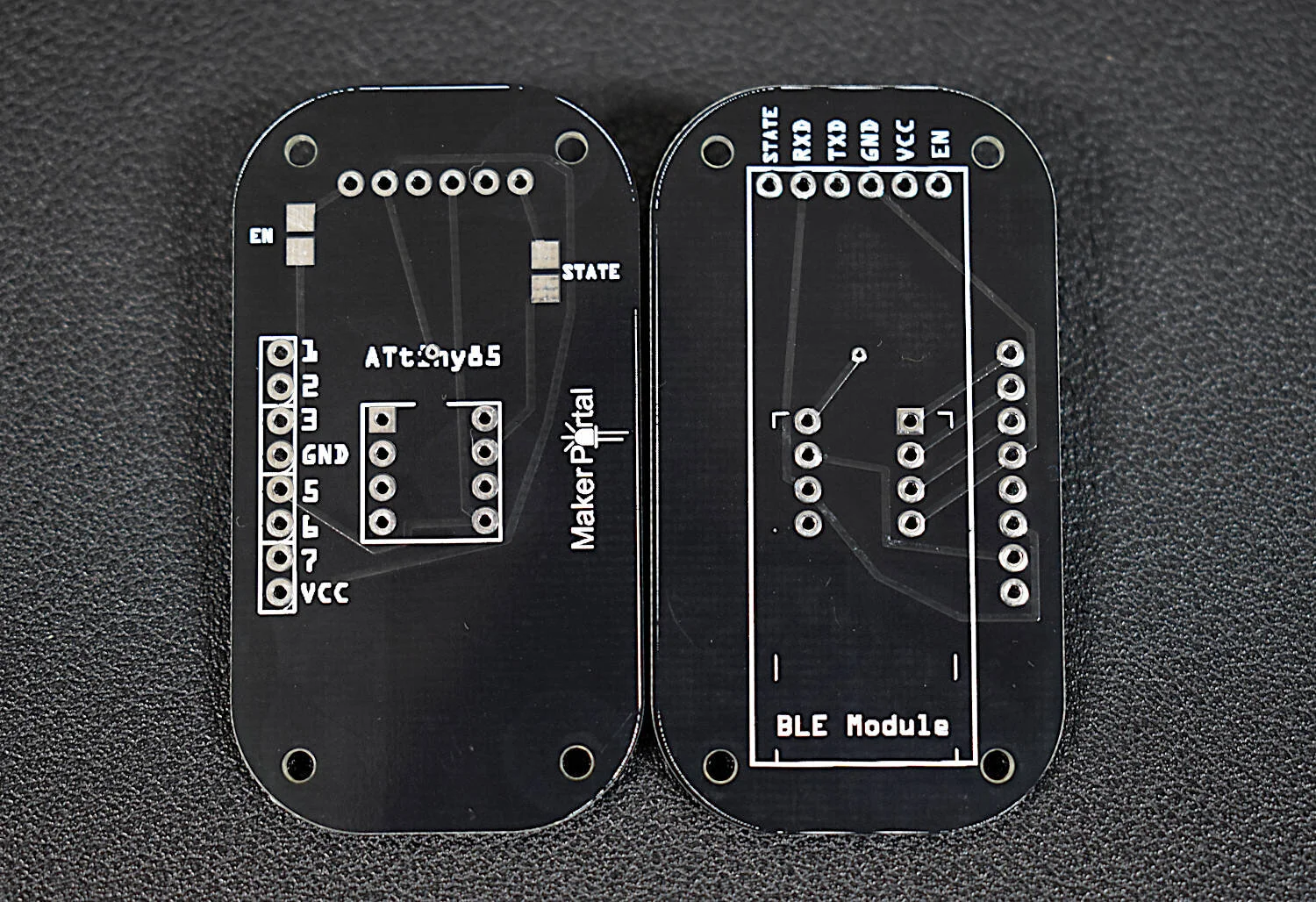Liquid Crystal Displays and Pixels
Liquid crystal displays (LCDs) are comprised of tiny elements of color called pixels. Pixels have dimensions of a few microns or less and consist of three subpixels colored red, green, and blue. The popular acronym, RGB, is often used to delineate the color of a specific pixel within 16.7 million different color combinations. These tiny pixels are densely packed into television screens, computer monitors, tablets, and phones that utilize backlighting to illuminate each pixels and create the complex patterns we recognize as graphics and images today.
Below is an example of RGB subpixels and what it looks like when the letters 'LCD' are printed on a screen and a camera zooms in on the image.







Breakdown of LCD components
Liquid Crystal Display Composition
LCD screens consist of six major components:
Polarizing film
Positive electrode
Liquid crystal layer
Negative electrode
Second polarizing film
Mirror or Backlight
Figure 2: The six primary components of an liquid crystal display: 1. polarizing film, 2. electrode, 3. liquid crystal layer, 4. second electrode, 5. second polarizing film, 6. mirror or backlight. Image courtesy of Wikipedia under GNU Free Documentation License.
Figure 3: Polarizers and liquid crystals rotating light to produce light and dark spots.
1. , 5. Polarizing Films
The polarizing films act as filters to ensure the appropriate amount of light is passed through to the viewer. The polarizers are often 90 degrees apart in rotation, which naturally prevents all light from passing through (see Figure 3 on the right). The polarizers create the dark spots that viewers see on their screens, and the liquid crystal layer rotates the light between the polarizers to permit varying amounts of light through.
3. Liquid Crystal Layer
The most important concept in LCD technology is the behavior of liquid crystals. A twisted nematic liquid crystal layer acts to rotate (twist) the plane of polarization to align or misalign with the second polarizer. This means that if the polarizers are 90 degrees apart (see Figure 3, 4), then the twisted crystals will align with the second polarizer and permit light to pass through. Conversely, if the crystal layer did not exist, light would not pass through because the polarizers are oriented in such a way that the second polarizer blocks the light from the first polarizer.
Figure 4: Twisted nematic liquid crystals rotating light to produce a bright pixel. Image courtesy of Wikipedia under GNU Free Documentation License.
2. , 4. Positive and Negative Electrodes
Electrodes in LCDs function as on and off switches. The electrodes tune their voltage from on to off in 256 increments for each RGB subpixel. This is what gives 16.7 million different colors for each pixel (3 pixels, each with 256 shades; 2 raised to the 24th power).
Figure 5: Illustration showing the significance of electrodes and backlighting in an LCD. Taken from NewHaven Display International.
5. Mirror or Backlight
In more primitive LCDs like those in digital watches or calculators, mirrors are used to reflect natural light to produce the digits we see on the displays. For more modern, high-power screens like TVs and laptops, backlights are used to illuminate the pixels. The backlights are often rectangles or strips of flourescent lamps or light emitting diodes (LEDs).
Conclusion
The most elementary concept of a computer screen lies in the manipulation of light. The goal here was to provide a simple overview of the primary components of a liquid crystal display (LCD) and its deceptive mechanics. Often, LCDs are thought of as complex systems not worth understanding, when in reality, an LCD consists most primitively of six parts: two polarizers, two electrodes, a liquid crystal layer, and a backlight or mirror. Once these mechanisms are understood, the complexity of a LCD remains in the deception of the human eye - not in the nature of its physics.
See more in Electronics and Engineering:













